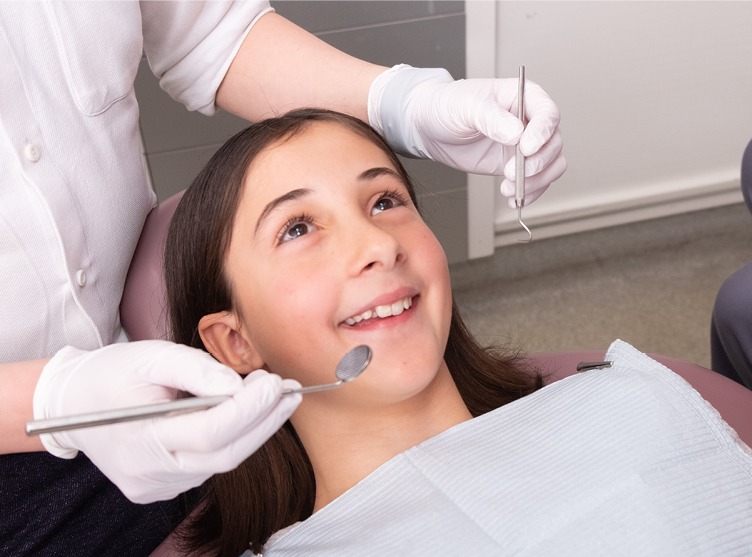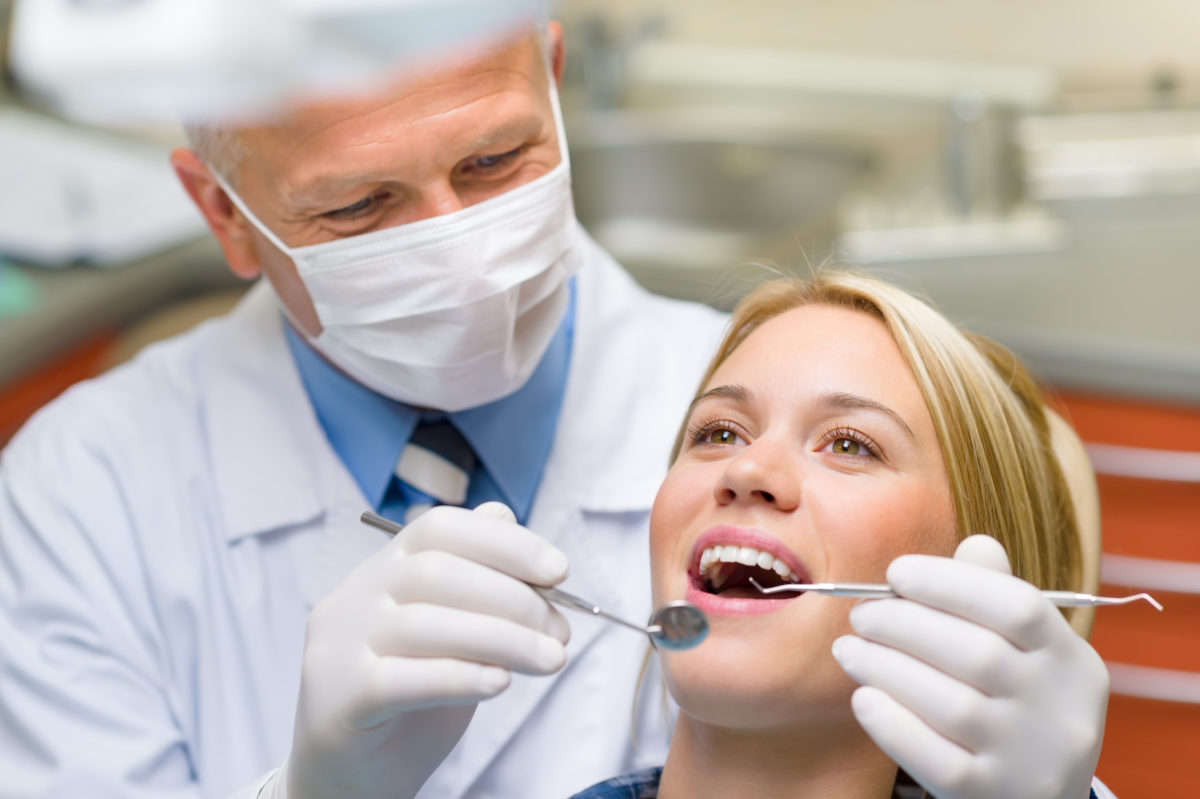Not known Facts About Legacy Orthodontics
The Main Principles Of Legacy Orthodontics
Table of ContentsSome Of Legacy OrthodonticsWhat Does Legacy Orthodontics Mean?Legacy Orthodontics Fundamentals ExplainedOur Legacy Orthodontics IdeasThe Of Legacy Orthodontics
In enhancement, we provide flexible treatment timetables, flexible payment options and a fun, delightful experience.An orthodontist is a dental professional educated to identify, prevent, and deal with teeth and jaw abnormalities. Orthodontists work with individuals of all ages, from kids to grownups.
Malocclusion, or misaligned teeth, can lead to oral concerns, consisting of dental caries, gum tissue disease, and difficult or painful chewing. But not every person is birthed with straight teeth. If you have a negative bite or large rooms between your teeth, you may want to seek advice from a dental practitioner focusing on orthodontic care.
The Best Guide To Legacy Orthodontics
( Image Credit Scores: DigitalVision/Getty Images) Orthodontists make use of fixed and detachable dental tools, like dental braces, retainers, and bands, to alter the position of teeth in your mouth. Orthodontic treatment is for dental irregularities, consisting of: Crooked teethBite issues, like an overbite or an underbiteCrowded teeth or teeth that are also much apartJaw misalignmentThe goal of orthodontic therapy is to boost your bite.
A healthy bite ensures you can eat, eat, and talk correctly. While you may think about orthodontists as mostly for kids or teens who require braces, they can correct dental problems at any type of age. Orthodontists attend college, oral institution, and orthodontic college. After graduation, they invest 2 or 3 years in an orthodontic residency program.
All orthodontists are dental practitioners, yet not all dental experts are orthodontists. Orthodontic residency programs use extensive, concentrated direction for dental specialists. They concentrate on 2 areas: Just how to properly and safely move teeth Just how to correctly lead advancement in the teeth, jaw, and faceOnce an orthodontist has completed training, they have the choice to become board accredited.
The Best Guide To Legacy Orthodontics
Imbalance, or malocclusion, is one of the most usual factor people see an orthodontist. It is genetic and is the outcome of size distinctions between the top and lower jaw or in between the jaw and teeth. Malocclusion brings about tooth congestion, an irregular jaw, or irregular bite patterns. Malocclusion is generally treated with: Your orthodontist connects metal, ceramic, or plastic square bonds to your teeth.
Some people need a headwear to assist relocate teeth right into line with stress from outside the mouth. A retainer is a personalized tool that keeps your teeth in place.
They can produce extra space in the mouth without having to draw teeth. Orthodontists make use of cables, surgical screws, or plates to sustain your jaw bone.
You might need to see an orthodontist if you have: Crowding or otherwise adequate space for all of your teethOverbite, when your top teeth come your bottom teethUnderbite, when your bottom teeth are also far forwardSpacing or issues with gapsCrossbite, which is when your top teeth fit behind your bottom teeth when your mouth is closedOpen bite or a vertical void in between your front bottom and upper teethMisplaced midline, when the facility of your bottom and top teeth don't align Dealing with a dental malocclusion can: Make attacking, chewing, and speaking easierImprove the proportion of our face and your general appearanceEase discomfort from temporomandibular joint problemsDifferent your teeth and make them less complicated to clean up, helping prevent dental caries or cavities It's usually a dentist who first notifications misaligned teeth during a regular examination.
All About Legacy Orthodontics

Throughout your very first orthodontic assessment, you'll likely have: An oral examPhotos taken of your face and smileDental X-raysPanoramic (360 level) X-rays of your face and headImpressions to create mold and mildews of your teethThese tests will certainly assist your orthodontist recognize exactly how to proceed with your therapy. leesburg clear braces. An orthodontist is a dental practitioner who's had training to treat your teeth and jaw
Orthodontists may perform surgical procedure, exams,X-rays,and more to aid you acquire a more comfortable, much healthier smile. An orthodontist is concentrated on your bite, so something like a broken tooth would be taken care of by a dental expert. Orthodontists are dental professionals however not all dental practitioners are orthodontists. Orthodontists are focused on your bite, or the way your teeth fit together, and the straightness of your teeth.
Ever before wondered exactly how celebrities constantly appear to have perfectly aligned teeth? The response often hinges on the proficient hands of an orthodontist. But just what does an orthodontist do? Orthodontists are oral specialists that concentrate on correcting irregularities in the teeth and jaws. Their proficiency surpasses simply creating a gorgeous smile; it extends to improving your general oral health and feature.
More About Legacy Orthodontics

While dental braces are one of the most frequently recognized click to read more orthodontic treatment, orthodontists have a varied toolkit at their disposal. The certain strategy chosen relies on the extent of the instance, the patient's age, and individual preferences. These reliable braces make use of a system of braces bound to the teeth and linked by cables.
These removable trays are custom-made to considerably move the teeth's setting. In cases of slim jaws, palatal expanders can be utilized to develop room for proper tooth alignment.